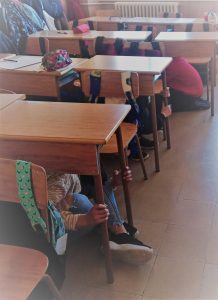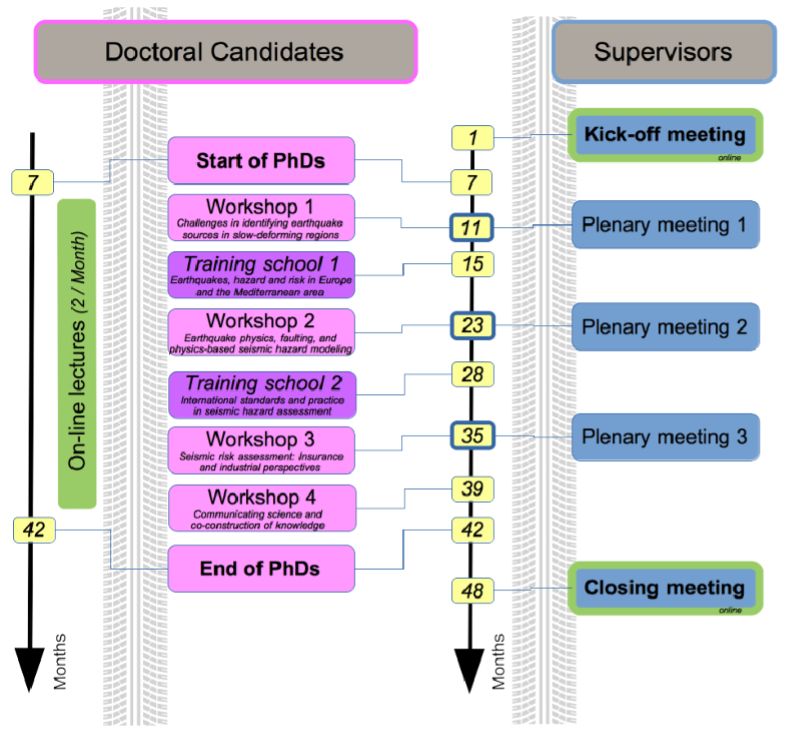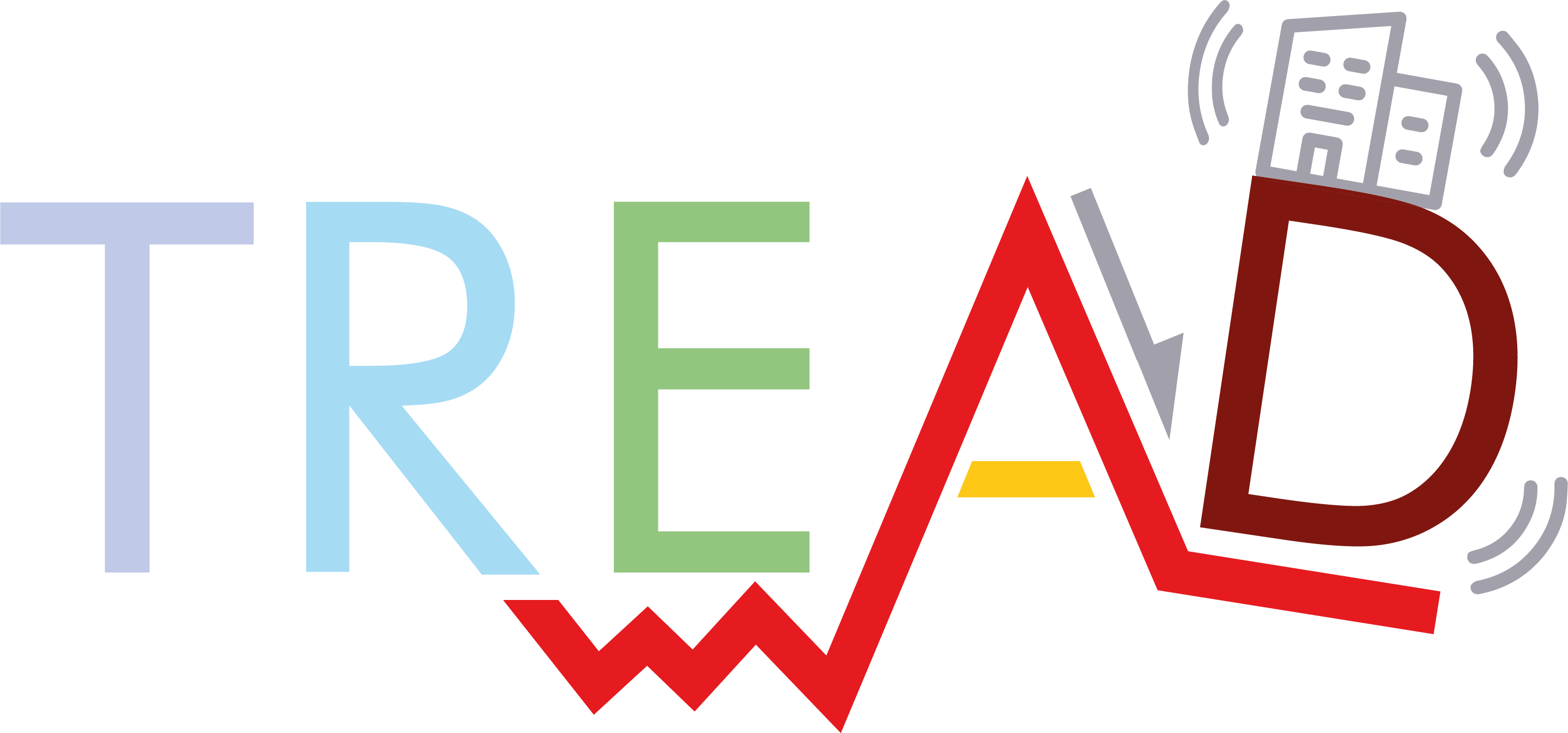 Earthquakes are responsible for about one-third of the global economic and human natural disaster loss (World Conference on Disaster Reduction 2004). In the last 30 years, about 1,000 earthquakes have been the first cause of worldwide deaths due to natural disasters (about 800,000 known fatalities), and the second cause of worldwide economic losses due to natural disasters (US$844 billion). Yet our ability to assess earthquakes risk and to communicate those risks remains insufficient to enhance the resilience of societies.
Earthquakes are responsible for about one-third of the global economic and human natural disaster loss (World Conference on Disaster Reduction 2004). In the last 30 years, about 1,000 earthquakes have been the first cause of worldwide deaths due to natural disasters (about 800,000 known fatalities), and the second cause of worldwide economic losses due to natural disasters (US$844 billion). Yet our ability to assess earthquakes risk and to communicate those risks remains insufficient to enhance the resilience of societies.
TREAD is a Doctoral Network (DN) funded by the European Union Horizon Europe Programme. We aim to train a new task force of creative, multidisciplinary, proactive young researchers empowering 11 DCs with competences required to tackle problems relevant to geosciences and society.
The main objectives of the project are:
- to develop a novel integrative approach to seismic hazard analysis in Europe and the Mediterranean by bridging the gap from small-scale laboratory experiments to large-scale observations;
- to establish a chain of physics-based earthquake modelling to connect millions of years tectonic deformation to dynamic earthquake ruptures at fractions of a second in complex tectonic settings;
- to transfer earthquake geology and computational modelling to hazard and risk assessment adapted to the need of government, industry and scientific stakeholders.
The team is formed by a highly qualified training network of experimental physicists, geologists, seismic hazard and risk modellers for changing the paradigm in seismic hazard. The project will prepare a next generation of earth scientists and engineers in the integration of concepts from earthquake geology, the physics of seismic rupture and fault mechanics, and computational earthquake modelling. The researchers will tackle the challenges of earthquake forecasting in complex tectonic settings using integrated observations and physics. DCs will be exposed to the most up-to-date methodologies in earthquake modelling, they will increase their awareness on the variety of earthquake research, from field data acquisition to operational seismic hazard estimation, and they will acquire the needed skills to endorse their responsibility as future scientists.
Among the main goals of th project we persue to produce innovative methods applicable worldwide and unpreceded results that will drastically improve our knowledge on seismic hazard and risk assessments in Europe and the Mediterranean area. This project will bring together earthquake scientists and private partners from different disciplines to interact and discuss together field evidence of complex fault ruptures, modelling approaches and risk assessment strategy, with the main aim of advance in seismic hazard science. We’ll work in a tight collaboration between academic, industry and skateholders, ensuring the transference and applicability of the produced knowledge.
WP1 is dedicated to acquire field, seismological and remote-sensing observations at unprecedented resolution, WP2 focus on innovative laboratory and numerical experiments, while WP3 will transfers these to new probabilistic seismic hazard assessment methods. WP1 and WP2 will thus bring a unique dataset over remarkable spatial and time scales that will be tested against innovative models within WP3. The scientific programme is complemented by 3 additional non scientific WPs (WP4, WP5, WP6).
Work Package 1 – Earthquake Observations
WP1 aims at developing new methods to capture high-resolution observations of the various stages of the seismic cycle at various spatial and time scales.
WP1 is led by Prof Lucilla Benedetti (CNRS).
Work Package 2 – Earthquake Physics
WP2 objective is to quantify how geological, geophysical and rock mechanics processes impact earthquake occurrence and seismic hazard assessment in complex, continental settings with carbonate rocks.
WP2 is led by Prof Ylona Van Dinther (UU).
Work Package 3 – Earthquake Hazard and Risk
WP3 implements hazard and risk models using the results of WP1 and WP2 and a variety of innovative approaches and methods. The research activities in WP3 place a particular focus on the temporal component of earthquake occurrence which is particularly important for the assessment of hazard and risk of conventional structures.
WP3 is led by Prof Marco Pagani (GEM).
Work Package 4. Training and personal career development
WP4 guarantees the completeness and coherence of the training for all of the DCs, from local supervision to networkwide workshops. The supervision of each DC will be tailored to the project needs and provide development skills that maximize future academic and private employability.
WP4 is led by David Marsan (UGA).

Work Package 5 – Communication, dissemination and exploitation of results
The WP5 coordinates the communication and dissemination actions of the beneficiaries by promoting network-wide communication and outreach events and by ensuring an adequate exploitation of the project results.
WP5 is led by María Ortuño (UB).
Work Package 6 – Management
The goal of WP6 is to deal with the management aspects of the network, monitoring all organizational and financial aspects, and preparing proper documentations for liaising with the European project officer.
WP6 is led by Bruno Pace (Ud’A).
